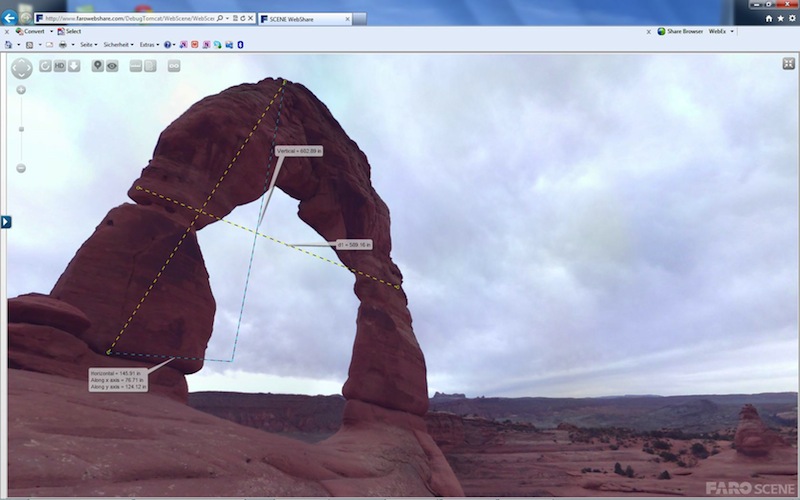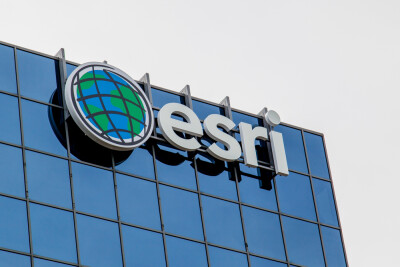LAKE MARY, Fla. – Faro Technologies announced this week the release of Scene 5.0, the latest in the company’s line of point cloud capture processing software for the Focus3D. Among the added features is the ability for Scene users to view their scans in true stereoscopic 3D. Automatic fine registration has also been added, which “eliminates the need for artificial targets in many cases when piecing together multiple scans,” and there is a new Project Database that enables “enhanced levels of networking between users.”
SPAR covered many details of the release in our coverage of Faro’s recent 3D Documentation conference. At the time, Bernd Becker, FARO director of marketing and product managment for laser scanning and co-founder of original scanner-maker iQvolution, likened the new 5.0 release to the Apple iOS platform, whereby other software manufacturers will be able to bolt on apps to increase Scene’s utility. He also noted that 5.0 is e57 compliant, meaning it reads laser scan data that is exported using the still relatively new e2807 ASTM standard specification for 3D imaging data exchange, v1.0, which was developed by ASTM’s e57 committee.

In a press release, Oliver Burkler, senior technical product manager for the Focus3D, said “SCENE 5.0 combines ease-of-use, networking and an enhanced 3D experience to deliver a complete scan processing solution.”
The fine registration, more specifically, is “a new cloud-to-cloud enhancement that reduces or removes the need for the placement of artificial targets in many scanning applications, and significantly reduces post-processing time. Rather than utilizing spheres or checkerboards, the software identifies prominent objects such as corners, edges and other flat structures within the scan and uses them as reference points.” This also “expedites the merging of scans between remote users.”
The Project Database “seamlessly stores project information and a step-by-step history of each scanning project. Users may now return to any step in a scanning database, quickly and easily, no matter where they may be in their process.”






